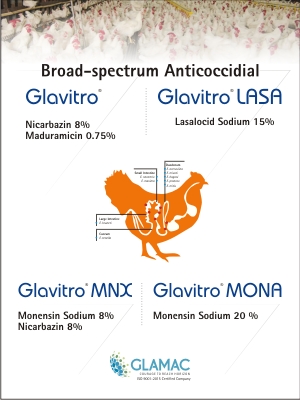
E. coli infections are among the most common infections affecting poultry of all ages and categories.
Overuse of antibiotics has led to emergence of antibiotic resistant E. coli strains in poultry which can have a serious consequence on human health.
Bacteriophage technology helps preventing bacterial infections naturally, improving the health of poultry and reducing usage of antibiotics.
Leading global biotechnology company Proteon Pharmaceuticals, a leader in bacteriophage technology for livestock, has launched BAFACOL™, a new poultry feed additive which provides a natural guard against avian pathogenic E. coli bacteria. The product offers an innovative solution for Indian poultry farmers to improve the health and safety of their flocks.
Poultry sector is currently one of the fastest-growing sectors in agriculture in India. However, bird’s health (and consequently bird’s productivity) can be affected by rampant threat of bacterial infections such as colibacillosis which is caused by avian pathogenic E. coli (APEC). There are different strains of E. coli present in the intestines of flocks . While most of them are harmless, certain strains are specialized in pathogenicity due to the acquisition and expression of virulence genes. E. coli strains which are major cause of infections in birds are called APEC or avian pathogenic E. coli.
Colibacillosis is a major cause of mortality and morbidity in poultry species. Indiscriminate antibiotic usage to treat a variety of bacterial infections has led to a higher prevalence of antibiotic-resistant E. coli strains in chicken. Considering that poultry is one of the most popular meat and that avian E. coli are more resistant to antibiotics than bacteria from other animal species, it can be extremely dangerous to human health.
Proteon Pharmaceuticals’ BAFACOL™ is an innovative feed additive comprising five lytic bacteriophages that selectively target APEC.
Introducing the new product in India during an online session, Ms. Justyna Andrysiak, Chief Product Development Officer at Proteon Pharmaceuticals said, “BAFACOL™ is a cocktail of five lytic bacteriophages that are highly effective only against virulent avian pathogenic E. coli bacteria without affecting negatively the beneficial microflora of the gut ”
“BAFACOL™ is an environmentally sustainable product that ensures healthy growth of poultry without the need to overuse antibiotics. It can be used in both organic and industrial poultry production to reduce the mortality rate occurring due to avian pathogenic E. coli,” she added.
Recently, a in vivo trial was conducted with BAFACOL™ at Agrivet Consultancy P Ltd., Kolkata, on broiler chickens for a period of 35-days. The results showed that the product is effective in controlling colibacillosis which showed lower mortality rates compared to the untreated groups. Dr. Sudipto Haldar, R&D Director at Agrivet Consultancy said “A controlled experiment was conducted to evaluate the effects of BAFACOL™ as a therapeutic and prophylactic agent against APEC infections. The test induced positive results confirming that BAFACOL may be considered as an alternative to antibiotic treatments in poultry production to combat colibacillosis”
With the poultry market projected to grow to INR 4,340 billion by the year 2024, it is obvious that the demand for poultry products is set to rise in India. The rampant antibiotic usage in poultry and the wide consumption of poultry products threatens to increase antibiotic resistance in human beings.
Bacteriophages are naturally occurring organisms that attack only specific bacteria, while remaining completely safe for animals, humans and the environment. Phage preparations are a new hope for modern agricultural industry and can help the farmers to prevent bacterial diseases. In nature they co-evolved with bacteria, and every single bacterium has a phage opponent that can control its population. Phages outnumber bacteria by a ratio of 10 to 1, and also play an important role in recycling the carbon in bacteria. Bacteriophage-based preparations are increasingly gaining interest in the global market as they help farmers raise safe and healthy livestock.






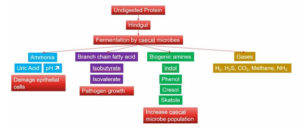
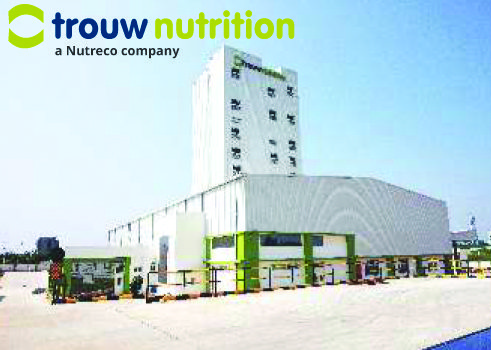

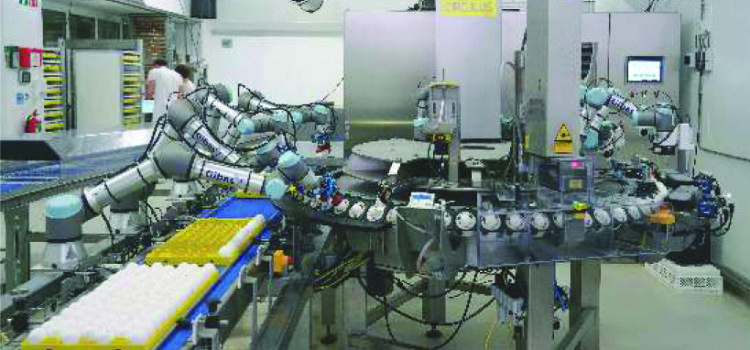
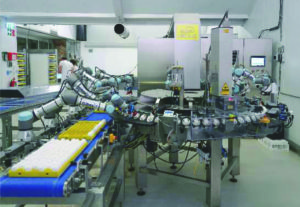 time has been reduced to 1 second per hatching egg. In three-shift operation with 20 hours of operation per day, one SELEGGT Circulus sampling unit therefore has a weekly capacity of 360,000 hatching eggs, corresponding to 150,000 to 180,000 laying chicks, a significant increase in performance in comparison with the predecessor system.
time has been reduced to 1 second per hatching egg. In three-shift operation with 20 hours of operation per day, one SELEGGT Circulus sampling unit therefore has a weekly capacity of 360,000 hatching eggs, corresponding to 150,000 to 180,000 laying chicks, a significant increase in performance in comparison with the predecessor system.







 is called as “No ball”. The bowler concedes an extra run for the “No Ball” and may have to bowl one extra delivery where the possibility of getting the batsman out is only limited to run out or hit wicket.
is called as “No ball”. The bowler concedes an extra run for the “No Ball” and may have to bowl one extra delivery where the possibility of getting the batsman out is only limited to run out or hit wicket.







